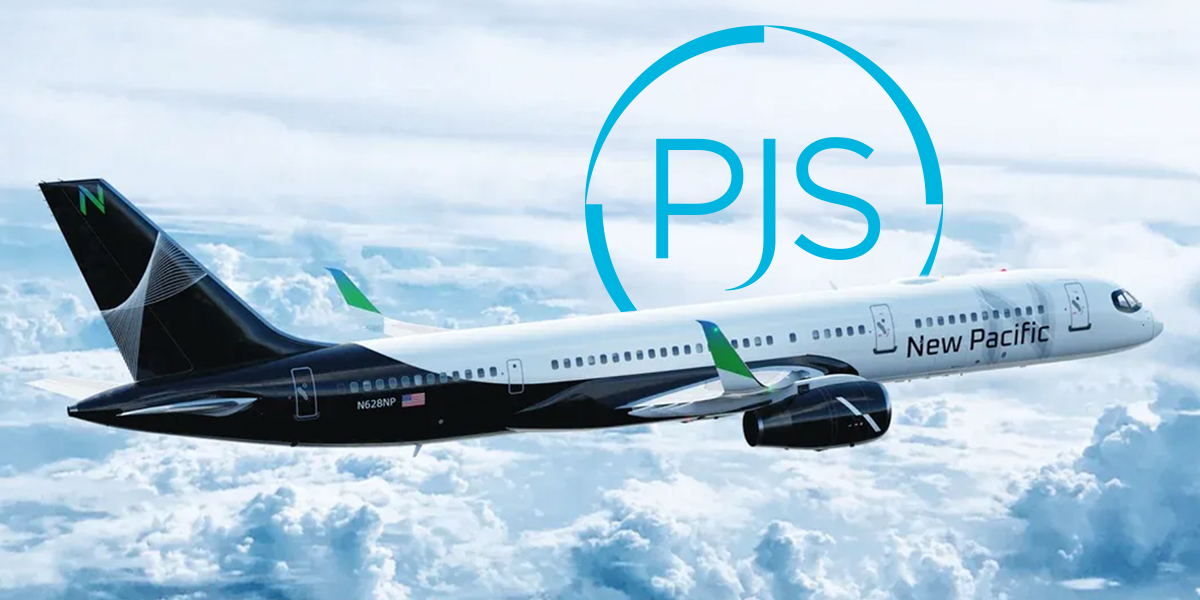In the 1990s, the automotive industry faced seemingly insurmountable challenges in curbing its carbon footprint. Three decades later, the general public is gravitating toward environmentally-friendly autos more than ever before, a trend certain to continue until vehicles powered by conventional gasoline become a thing of the past. Today, the aviation industry is grappling with similar issues and hopes to reach similar heights, but it has a long way to go. Currently, the sustainability ambitions of the industry largely rest with a commodity commonly referred to as SAF.
What is SAF?
SAF stands for Sustainable Aviation Fuel. In comparison to fossil fuels, SAF in its pure form reduces carbon emissions by up to 80 percent. Unlike finite fossil fuels, SAF is produced using feedstock, which consists of renewable, biological materials, such as cooking oil, plant oils and agricultural residues.
While current international aviation regulations only allow up to 50% of SAF in jet fuel blends, the end product is no different from conventional fuel, experts say. The regulations are due to understandable caution. However, research has shown that jet engines are just as receptive to SAF as they are to conventional fuel. In fact, airlines are rapidly on the way to proving that SAF would be capable of completely replacing conventional fuel if it were more affordable and plentiful. The obstacles related to SAF have much less to do with efficacy than they do with cost and supply.
SAF Challenges
The challenges regarding the adoption of SAF for the aviation industry are plentiful. But they mainly boil down to two main issues: 1) supply and demand and 2) cost.
Supply-Demand:
Separate from the supply chain issues that have arisen as a result of the pandemic, one of the main barriers to SAF being the answer to aviation’s carbon footprint is availability. Current production is less than 1% of the global jet fuel demand with hopes that that figure will grow to 2% by 2025. Only three major SAF production facilities are currently operating worldwide. Without demand, the goals of SAF advocates appear untenable. However, with appropriate legislation, be it tax penalties or incentives, SAF might still thrive in the aviation industry.
Cost:
Inextricably connected to SAF supply is the fuel’s cost. The expense of the production process, along with the lack of supply, has caused SAF to be up to five times more expensive than conventional jet fuel, which is why legislation is crucial. For example, a fixed-base operator (FBO) in Los Angeles recently made a 30% SAF blend available to jets, and the cost per gallon is more than a dollar greater than that of conventional jet fuel.
Europe and the United States have different opinions about the best way to encourage the usage of SAF. Whereas European nations are in favor of tax penalties and use requirements, the U.S. favors incentives because tax penalties are unlikely to pass in Congress. With policy roadblocks, it is up to aviation companies to bridge the gap and come up with alternatives to make flying more environmentally friendly until SAF becomes more mainstream.
Alternatives
While SAF is a scientifically proven and highly publicized way for the aviation industry to reduce its carbon footprint, the aforementioned challenges still leave the aviation industry decades away from biofuel making a meaningful environmental difference.
In the short term, alternative solutions are needed. Unfortunately, viable alternatives are wanting. For example, while the automakers can go electric, this is not an option for aviation because batteries are currently too heavy for flight. Aerodynamic advancements and new technology are other ways the aviation industry can become more sustainable, but such solutions involve a slow, uphill progression, much like the challenges of SAF.
In the meantime, companies that want to make an immediate difference need to consider carbon offsets. For instance, with its carbon neutral flight program, PJS has committed to offset carbon emissions by pledging to plant “79,200 trees in two of the nation’s most needed regions and will reconcile its reforestation program annually to compensate for increased flight activity, ensuring that the PJS Carbon Neutrality Pledge is honored in perpetuity.” This is one way both private and commercial aviation companies can do their part to stem the consequences of carbon emissions.
Sustainability in aviation has a bright future with the promise of SAF. But with the meaningful impact of renewable fuel still decades away, it is up to individual companies to commit to legitimate, attainable efforts until then. It takes a village; every individual can do their part to diminish the effects of climate change. Likewise, aviation companies can make a difference when they decide to lead rather than follow.




